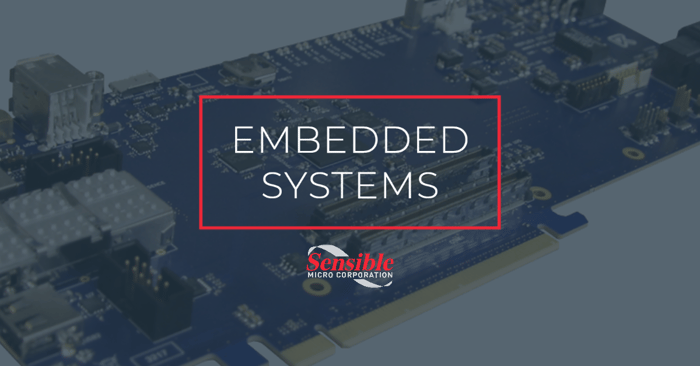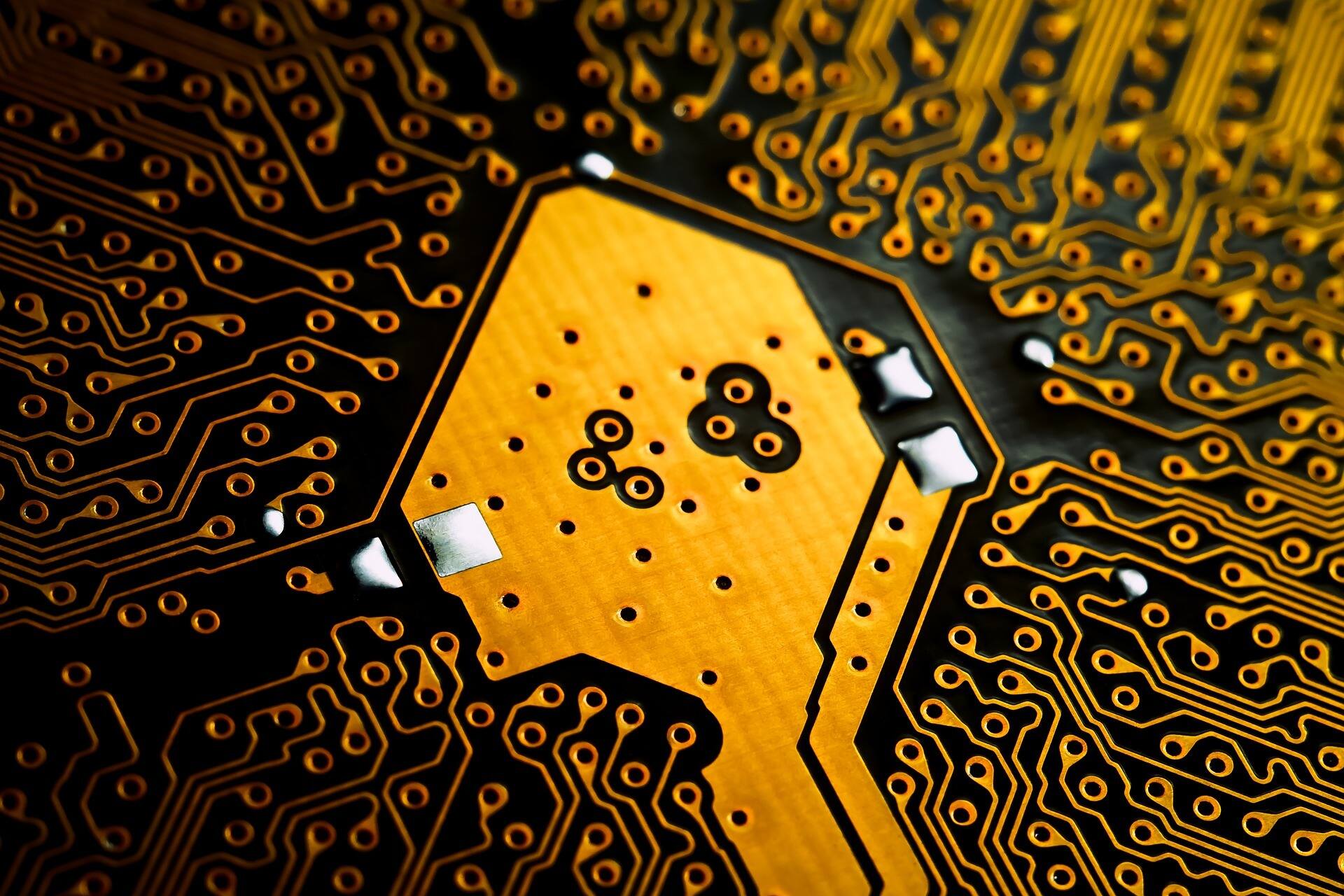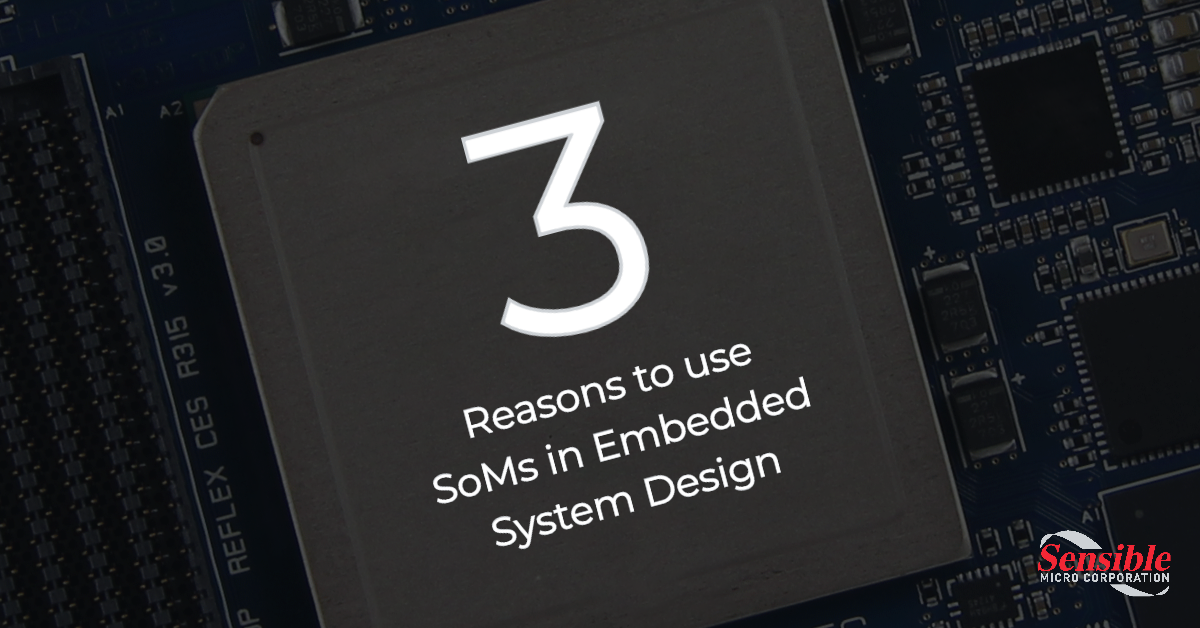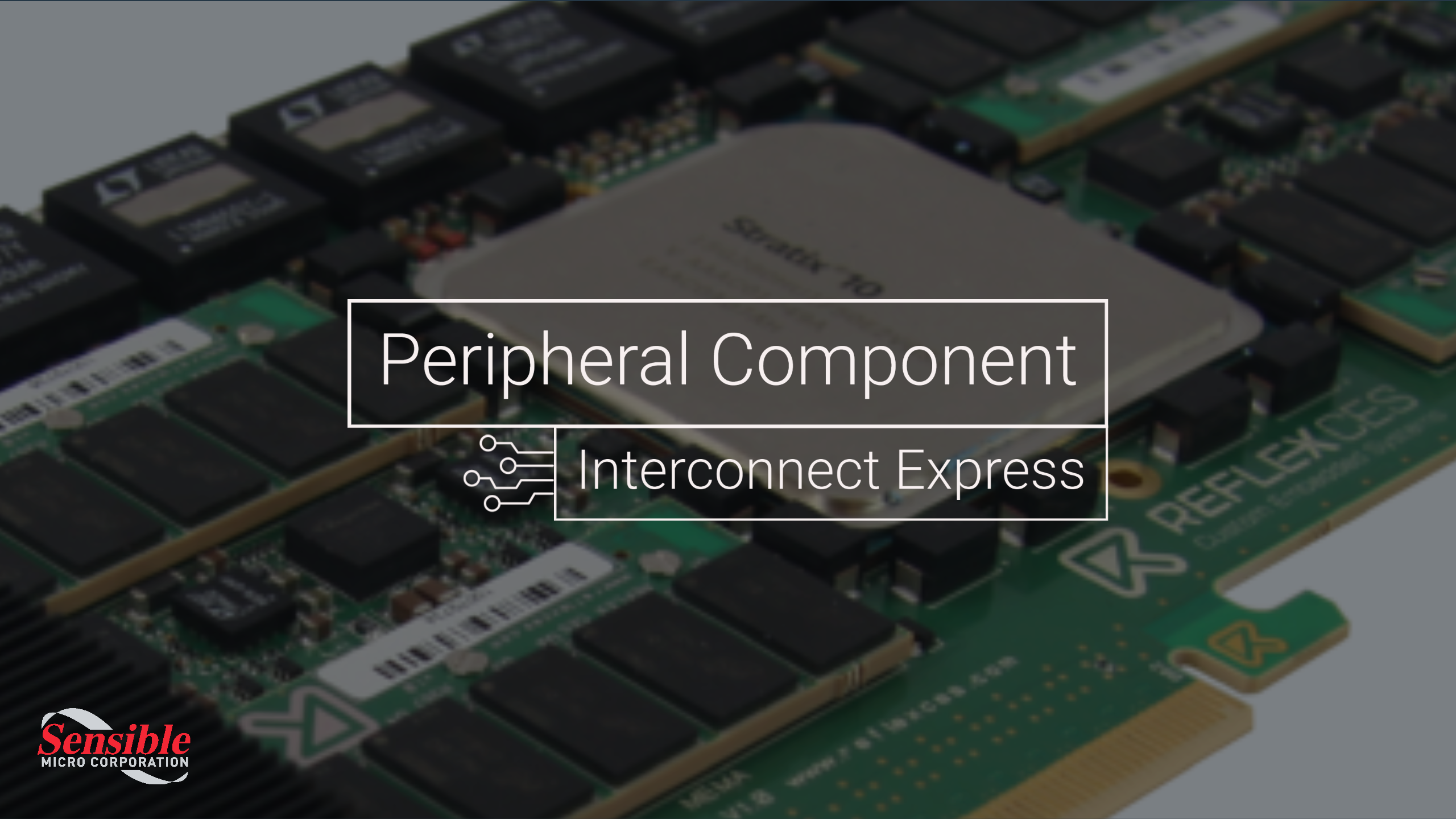Embedded systems are everywhere. From dishwashers to aeronautical devices, embedded systems are used in a variety of electronics. But what are embedded systems?
In this post we answer that question, covering how these systems work, advantages and disadvantages, industry applications and sourcing solutions.
Embedded Systems and How They Work:
Embedded systems are computer hardware systems that are designed to perform a specific function, either independently or as part of a larger structure. Embedded systems can be simple or very elaborate depending on what they’re designed to do, with complexities ranging from a single microcontroller to a suite of processors with connected networks and peripherals.
Every embedded system has both software and hardware. The software used for embedded systems is what truly determines its function and is typically called firmware because the single program is stored on a chip as opposed to a disc. The firmware is written to perform a set task and its code is usually housed in non-volatile memory within the hardware. In addition to what it is programmed to do, an embedded system’s firmware also monitors system memory, processor speeds, and because an embedded system runs continuously, the firmware also limits power dissipation for basic actions like run and stop.
Hardware is vital to an embedded system because it is what the system runs on. The hardware used for an embedded system is based around either a microcontroller or a microprocessor as well as other electronic components. The system is comprised of many different elements, including:
- Timers
- SASC (System application specific circuits)
- Serial communication ports
- Processor
- Power Supply
- Input/Output circuits
- Memory
- Embedded System Software
Typically, embedded systems that use microcontrollers are more commonly used because microcontrollers need fewer external components. However, if an embedded system is part of a larger structure, a microprocessor-based system would be the best option because they allow for the selection of exact peripherals and expansion. Roughly 98% of all microprocessors manufactured today are used in embedded systems across the electronics industry.
An embedded system uses its hardware platform to operate and perform its set function. The systems are managed by microprocessors or microcontrollers but can also be managed by other things such as application-specific integrated circuits (ASIC), graphic processing unit (GPU) technology, and Field-programmable gate arrays (FPGA). Embedded systems connect with outside structures via peripherals, linking input and output devices.
Advantages & Disadvantages of Embedded Systems:
There are many advantages to embedded systems. Some of the main benefits include:
- Faster Time-To-Market
- Affordable
- Operate with very little power consumption
- Low maintenance (end-user servicing rarely needed)
- Customizable
- Reliable (risk reduction)
Although embedded systems are popular, adaptable, and useful there are some disadvantages. For example, due to the fact that these systems are literally embedded into a device, they are hard to repair, update, and replace. Oftentimes, it is cheaper to replace the entire system than it is to repair a single part. Overall, the positives of embedded systems far outweigh the negatives.
Industries Supported:
Embedded systems are used in various markets across the electronics industry. Some of the key industries and related applications include:
- Automotive
- Engine management systems
- Cruise control
- Consumer Electronics
- Fitness trackers
- Digital cameras
- Defense & Security
- GPS & positioning systems
- Satellites
- Industrial
- Control systems
- Robotics/ robotic automation
- Medical
- Monitoring devices
- Image processing
Sourcing Embedded Systems:
Sensible Micro is an authorized distributor for REFLEX CES, a leading FPGA board & embedded system manufacturer. REFLEX CES specializes in high-speed boards and rugged system solutions based on high-density FPGAs and processors. With expertise in hardware, firmware, software, mechanics, CAD and signal integrity, Reflex CES designs mid-to-highly complex boards and systems that are high in quality and performance.
In addition to turnkey designs, customization is available as Reflex CES’s expert R&D team can design a board or system to fit a client’s specific requirements. The Reflex CES product portfolio supports defense and security applications, high-frequency trading, high-performance computing, networking acceleration and industrial applications. Reflex CES’s vast experience in leading-edge FPGA technology has put them consistently at the forefront of the market and trends. Schedule a call with one of our sourcing experts today to discuss your embedded system needs!
Stay on top of the latest developments in the industry and in our community by subscribing to the Sensible Micro blog.



















